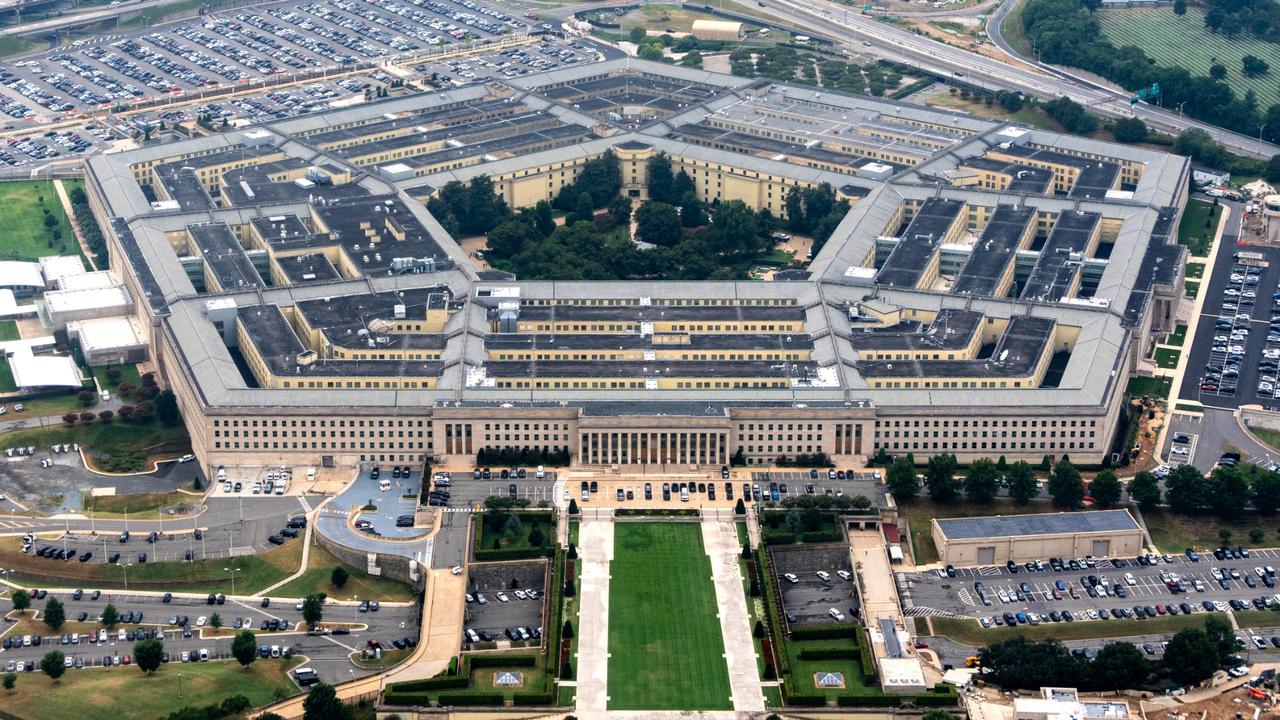The Trump administration’s emphasis has shifted toward homeland security and the security of the Western Hemisphere. At the same time its deeply contradictory and confused mindset on Taiwan is dangerous and could lead the military astray.

U.S. President Trump to Rename Pentagon to War Department. The Pentagon’s top national security focus will mirror Trump’s “America First” agenda, with a focus on protecting the homeland and the Western Hemisphere.
The latest edition of the U.S. National Defense Strategy has not yet been released, but the core logic is already clear. Containing China’s rise remains the central objective, in line with the “America first” principle, but greater emphasis has been placed on homeland security and the security of the Western Hemisphere. The priority is the construction of “Fortress America.”
The U.S. Defense Department’s Interim National Defense Strategic Guidance (INDSG) in March lists three major tasks, the first being domestic defense. In May, a memorandum from the secretary of defense directed that the 2025 NDS should use the INDSG as its basic framework. In this connection, the stronger emphasis on homeland security in the new NDS comes as no surprise.
In fact, both the 2018 and 2022 national defense strategies prioritized homeland security. However, the concept in the new edition differs from previous iterations. The earlier versions focused on forward defense to address threats at their sources, missile defense to counter missile threats from “rogue states” and nuclear modernization to maintain strategic stability with other major powers.
The new NDS also emphasizes the use of military force to address external challenges. For example, it commits to developing the Golden Dome and building a layered missile defense system to intercept missiles and even drones from outside, including “peer competitors.” Unlike the previous version, it stresses the need for the U.S. military to play a greater role in securing borders and combating drug trafficking, human smuggling and illegal immigration. Moreover, Trump seeks to involve the military in domestic law enforcement, turning American cities into military “training grounds.”
For the Western Hemisphere, the strategy advocates a revised Monroe Doctrine that employs coercive tactics for the control Greenland in the north and the Panama Canal in the south, while suppressing third-party cooperation with Latin American nations for greater dominance over America’s “backyard.” Under the logic of Donald Trump’s “solution” to the current crisis, “woke” influences will be eliminated, the military will be recast with MAGA ideology at home, and borders will be tightened to block illegal immigration from the outside, all to stabilize the foundation of U.S. global hegemony.
Continuity figures prominently in the strengthened “great power competition” framework, which was established in 2018. The NDS identifies China as the only potential challenger to America’s global hegemony. In line with the American geopolitical tradition, Elbridge Colby, the principal architect of the 2025 NDS, argues that the U.S. must prevent any single power from dominating either Europe or Asia; otherwise its global supremacy will be threatened. Europe is not a major concern, as neither Russia nor Germany has the capability to achieve overwhelming dominance.
Colby believes that Asia is the true strategic challenge for the U.S. since China accounts for half of Asia’s economic output and has the potential to dominate the region to challenge America’s global hegemony. From the Trump administration’s perspective, Taiwan is not a vital interest. Donald Trump himself has mocked Taiwan as the mere tip of a Sharpie pen compared with the Chinese mainland’s Resolute Desk. However, the administration has made support for Taiwan’s resistance to reunification a key element in disrupting China’s rise. U.S. Secretary of Defense Pete Hegseth has announced that denying Chinese reunification while simultaneously defending the U.S. homeland is the Pentagon’s primary focus. He has vowed to realign America’s force structure and operational strategies accordingly, even at the risk of a limited war.
The new NDS also emphasizes burden-sharing among allies. This stance differs from the Biden administration but aligns with Trump’s first-term policies. Colby’s grand strategy stresses Asia before Europe, an approach under which NATO’s European members would bear primary responsibility to counter Russia; and after defeating China, the U.S. would pivot to support European allies in defeating Russia. In Asia, the U.S. will demand that Japan, Australia, South Korea and the Philippines prepare for involvement in a potential Taiwan Strait conflict.
Since the release of a U.S. national security strategy is unlikely in the near future, the new NDS serves as a key indicator of Trump’s second-term trajectory in this area. It seeks to reshape the U.S. military from a cultural perspective, to consolidate the foundation for American hegemony and to outmaneuver strategic competitors.
However, this strategy has two critical flaws. First, it attempts to alter the military’s tradition of political neutrality by using the armed forces to advance a populist political agenda. This will exacerbate societal divisions and trigger strong backlash. Second, it overstates the significance of a potential Taiwan Strait conflict for American interests.
The Trump administration’s stance on Taiwan is deeply contradictory. On one hand, it says the U.S. should not go to war with China over Taiwan; on the other, it wants to use Taiwan as a lever to shift from a dual containment policy against China and Russia to a China containment focus alone. This confused strategic mindset is dangerous and could lead the military to ignore true national interests and inadvertently repeat the mistakes of the Vietnam War.
